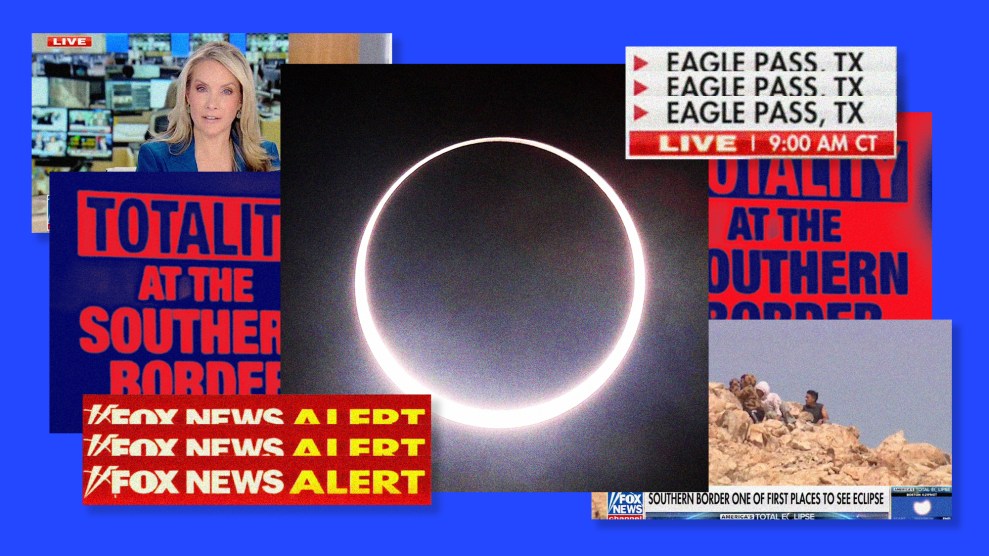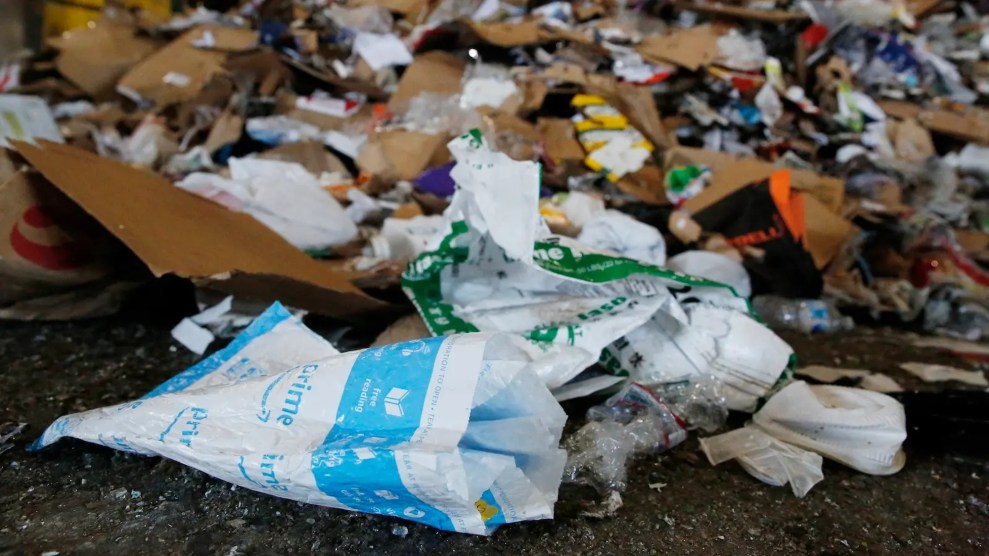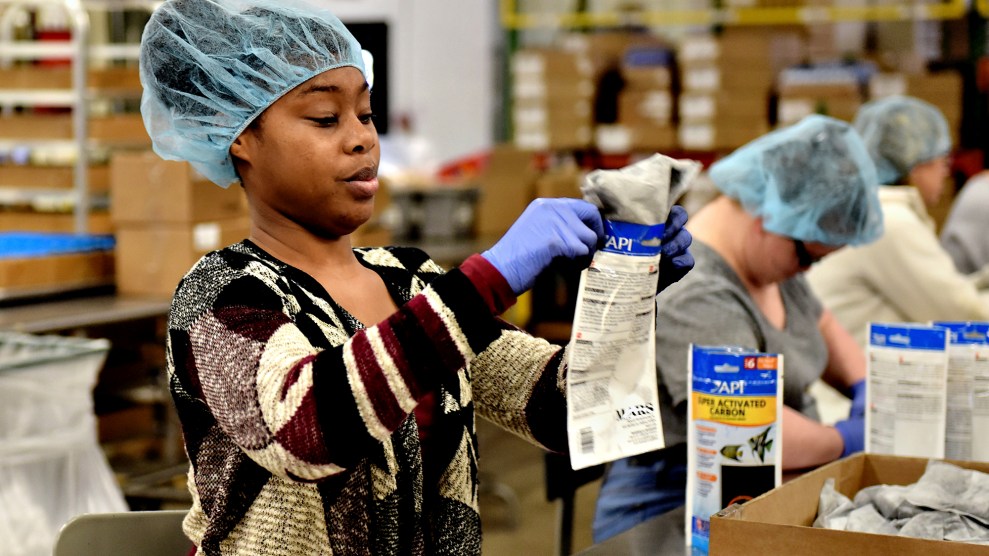According to a report released today by the CDC, fully 1.1 million fewer women aged 40 and over had mammograms last year than in 2000. This decline might explain, in part, the recent drop in breast cancer rates in the U.S., meaning rates might not actually be going down. Fewer diagnoses does not mean fewer cases, just fewer known cases. So, while we have seen detection rates decrease, deaths from breast cancer could increase, the report says.
The reason for the drop is unclear but the CDC researchers point to a couple of disturbing trends that move beyond the taking-it-for-granted explanation:
“One study has indicated that breast-imaging facilities face challenges such as shortages of key personnel, malpractice concerns and financial constraints.”
“Because the number of U.S. women aged more than 40 years increased by more than 24 million during 1990 to 2000, the number of available facilities and trained breast specialists might not be sufficient to meet the needs of the population, whose overall median age continues to increase.”
This feels wrong. Wrong, not in the incorrect sense, but wrong in the how can there not-be-enough-facilities-for-such-basic-needs sense. And let’s get some more “breast specialists” trained, this is a must people.
The report did not look at mammography rates by age, geographic region or socioeconomic status though the researchers say they do plan on examining whether the decrease in mammography rates is concentrated among certain groups, such as the poor and uninsured.
Each year, more than 200,000 women in the U.S. are diagnosed with breast cancer and about 40,000 die from the disease. According to the report, screening might reduce breast cancer mortality by 20% to 35% among women ages 50 to 69 and by 20% among women ages 40 to 49.












